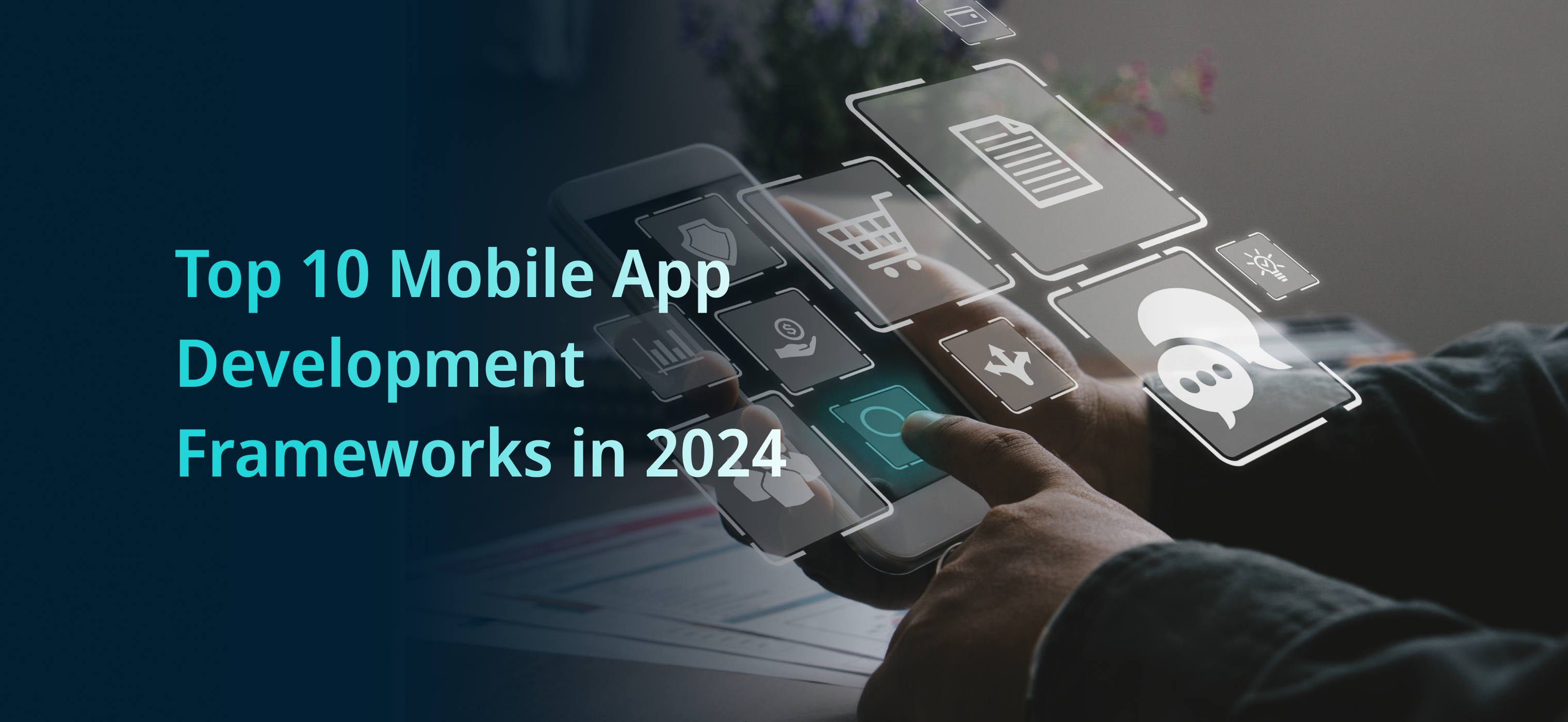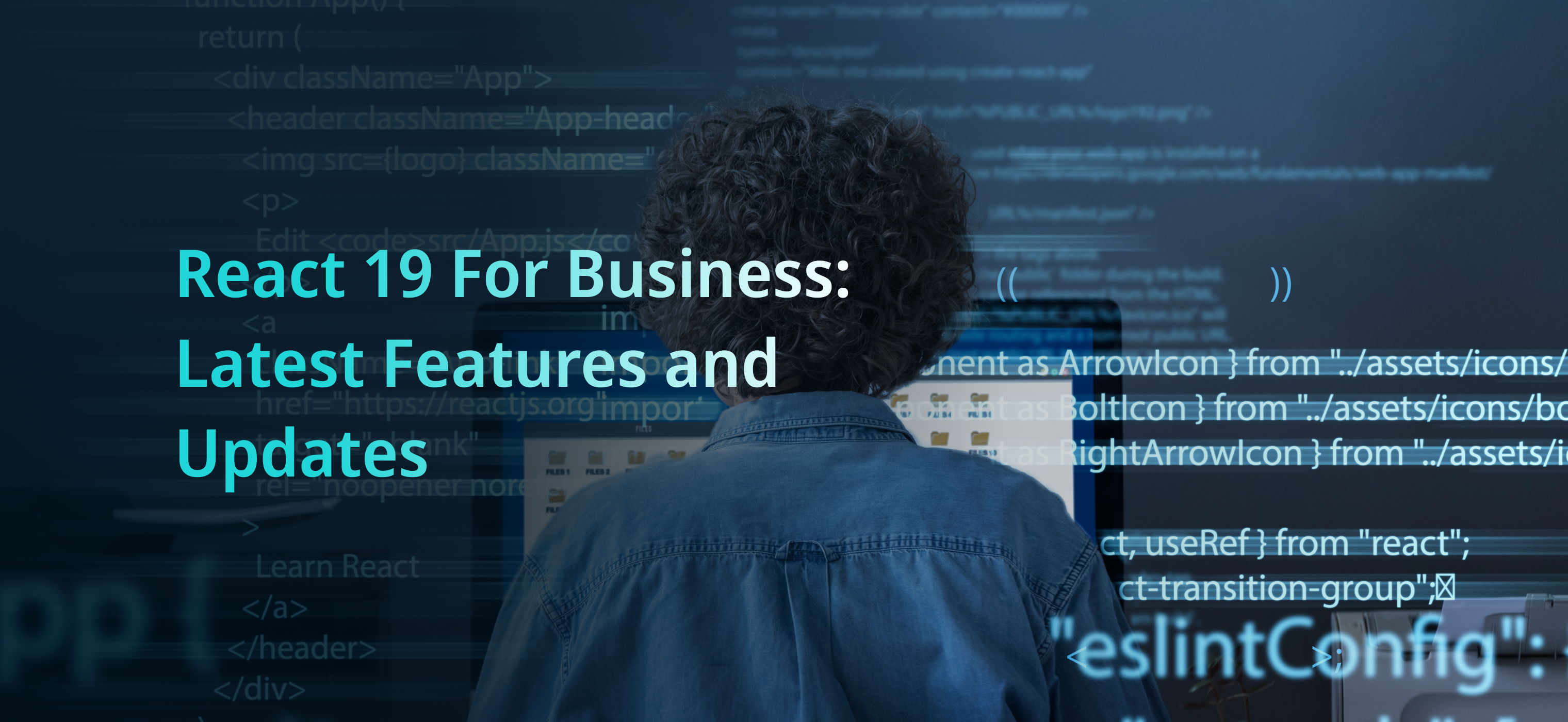Machine learning technology is continuing to advance at a rapid pace, with new developments being released almost daily. As 2023 approaches, there are a number of exciting trends that are set to revolutionize the field of machine learning. From multimodal machine learning to advancements in natural language processing, these new developments are sure to open up a world of opportunities for developers and users alike. In this blog post, we’ll explore the top 7 machine learning trends to watch out for in 2023 and beyond.
1) Federated Learning
Federated Learning is a hot trend that’s transforming machine learning as we know it. It’s a machine learning technique that allows for training data to remain decentralized while still enabling AI models to improve. This means that data doesn’t need to be moved to a central location for processing, which can result in faster, more efficient and cost-effective machine learning. Embedded machine learning can be integrated with existing apps and services, enabling real-time processing and data analysis.
Furthermore, the rise of low-code and no-code ML Platforms will make it easier for organizations to implement federated learning into their operations, even without expert coding skills. As this trend continues to develop, we can expect more and more companies to take advantage of this groundbreaking technology to drive innovation and growth.
2) Adversarial Learning
Adversarial learning is a subfield of machine learning that involves developing algorithms to defend against adversarial attacks, where an adversary tries to fool a model into making incorrect predictions. As the use of embedded machine learning becomes more prevalent, so does the risk of adversarial attacks, making this trend crucial for the security of future systems.
One way to prepare for these attacks is to develop models using low-code and no-code ML platforms, which simplify the development process while also ensuring greater transparency and auditability. These platforms can also help in monitoring the performance of the model, making it easier to detect and address any potential adversarial attacks.
Another aspect of adversarial learning is to focus on the development of robust models that are able to perform well under various conditions, rather than models that are tailored to specific use cases. This requires the development of algorithms that can handle variations in input data, as well as identify and adapt to adversarial attacks in real-time.
As machine learning becomes more ubiquitous, it is essential that we develop ways to defend against potential attacks, making adversarial learning an exciting and critical trend to watch in the coming years.
3) Deep Reinforcement Learning
Deep Reinforcement Learning is a machine learning technique that involves training agents to take actions based on input data, in order to maximize a cumulative reward. It has many practical applications, such as in robotics and game development.
One of the key advantages of Deep Reinforcement Learning is that it can work with complex environments, where traditional rule-based approaches may struggle. This makes it an ideal approach for scenarios like autonomous vehicles, where real-time decisions must be made in complex and changing environments.
Another advantage of Deep Reinforcement Learning is that it can be combined with Embedded machine learning techniques, allowing for highly efficient and responsive systems. For example, an autonomous vehicle could use embedded Deep Reinforcement Learning to make real-time decisions about steering and acceleration.
Furthermore,
“Low-code and no-code ML Platforms are making it easier than ever for developers to incorporate Deep Reinforcement Learning into their applications. These platforms provide pre-built models and interfaces that make it easy for non-experts to start building intelligent systems, without having to write complex code from scratch“.
“Low-code and no-code ML Platforms are making it easier than ever for developers to incorporate Deep Reinforcement Learning into their applications. These platforms provide pre-built models and interfaces that make it easy for non-experts to start building intelligent systems, without having to write complex code from scratch“.
Overall, Deep Reinforcement Learning is an exciting field with many practical applications. As the technology advances, we can expect to see more embedded, low-code and no-code solutions that make it even easier to incorporate Deep Reinforcement Learning into our daily lives.
4) Generative Adversarial Networks
Generative Adversarial Networks (GANs) are a class of machine learning algorithms that have revolutionized the field of computer vision and image generation. GANs consist of two neural networks, the generator and the discriminator, that work together to create high-quality images from scratch.
The generator’s role is to produce synthetic images that resemble the training data while the discriminator tries to differentiate between the generated images and real images. Over time, the generator learns to create more realistic images, and the discriminator becomes more accurate at identifying the fake images.
One of the most exciting applications of GANs is in the fashion industry, where they have been used to generate clothing designs. These algorithms can also be used for creating photorealistic images, video games, and even to generate 3D models for architectural visualization.
In 2023 and beyond, we can expect to see more developments in GANs, such as the ability to create images with greater resolution and the use of more sophisticated loss functions to improve image quality. Additionally, GANs could be applied to other fields like speech and music generation, where they can help create natural-sounding speech and music.
Overall, GANs have the potential to revolutionize various industries, and we are excited to see how these algorithms evolve over the next few years.
5) Neural Architecture Search
As machine learning continues to grow in popularity, the need for efficient neural networks becomes more and more crucial. Enter Neural Architecture Search (NAS), a machine learning technique that uses algorithms to automatically design neural networks.
NAS has already proven to be successful in a variety of industries, from image recognition to speech processing. In fact, some researchers have found that NAS can create neural networks that outperform those designed by humans.
But what exactly is NAS? Put simply, it’s a technique that uses an algorithm to create a neural network architecture. This algorithm goes through a series of iterations, testing and improving upon different neural network designs until it arrives at the most efficient and effective option.
What makes NAS so exciting is its potential for widespread adoption. Instead of relying on human expertise to design neural networks, businesses can now use NAS to create efficient and effective models on their own. This not only saves time and money, but also helps to democratize machine learning, making it more accessible to a wider audience.
As NAS continues to develop, we can expect to see it used in an increasing number of applications. From self-driving cars to natural language processing, the possibilities are endless. So, if you’re interested in staying ahead of the curve in machine learning, keep an eye on Neural Architecture Search – it’s one trend that’s definitely worth watching.
6) Natural Language Processing
Natural Language Processing (NLP) has been one of the hottest areas of machine learning for years, and its growth shows no signs of slowing down. NLP refers to the ability of machines to understand, interpret, and generate human language, and it is used in a wide range of applications such as chatbots, language translation, sentiment analysis, and more.
In the coming years, NLP is expected to continue to advance and improve, with the following trends leading the way:
- More Efficient Algorithms: One of the key areas of improvement in NLP will be in the development of more efficient algorithms that can process language faster and more accurately. This will lead to faster response times for chatbots, better translation services, and more accurate sentiment analysis.
- Greater Language Coverage: As machine learning algorithms become more sophisticated, they will be able to understand and generate language in more languages than ever before. This will lead to greater accessibility for users around the world.
- Integration with Other Technologies: NLP is already being integrated with other technologies, such as computer vision and voice recognition. This integration will continue to grow, leading to more seamless and powerful applications.
- More Personalization: NLP is already being used to create personalized experiences, such as chatbots that can understand a user’s preferences and make recommendations. As algorithms become more advanced, this personalization will become even more sophisticated.
- Improved Understanding of Context: NLP is still relatively limited in its ability to understand context, but this is expected to change in the coming years. As algorithms become better at understanding the nuances of language and the world around us, they will be able to provide more accurate and helpful responses.
Overall, NLP is set to play a major role in the future of machine learning, and it is an exciting area to watch as it continues to evolve and improve.
7) Computer Vision
Computer Vision is a rapidly growing field in Machine Learning that focuses on the ability of computers to interpret visual data from the world around us. In recent years, there have been significant advancements in Computer Vision technology, and we can expect even more exciting developments in the coming years.
One area where Computer Vision has shown remarkable progress is in Object Recognition. This technology is widely used in self-driving cars, facial recognition, and surveillance systems. Computer Vision is becoming increasingly crucial in various fields like healthcare, where it can be used to diagnose diseases based on medical images like X-rays and MRIs.
Another promising application of Computer Vision is in Augmented Reality and Virtual Reality. With the help of advanced algorithms and high-resolution cameras, it is possible to overlay virtual objects onto the real world, giving rise to immersive gaming experiences and innovative training simulations.
In the future, we can expect Computer Vision technology to become even more sophisticated, allowing machines to analyze and interpret complex scenes like human visual processing. We might see advancements in Human Pose Estimation, where machines can interpret body language, facial expressions, and gestures with high accuracy.
With the increased adoption of Machine Learning and the Internet of Things (IoT), the applications of Computer Vision will only continue to grow in the coming years. Businesses can leverage Computer Vision to gain valuable insights into consumer behavior, enhance the shopping experience, and increase efficiency in various industries.
Visit Internet Soft for the latest tech trends and insights around AI, ML, Blockchain, along with NeoBanking and timely updates from industry professionals!
Need assistance or have questions? Reach out us at Sales@internetsoft.com.






